Potassium is an essential macronutrient for both plants and soil. It helps with water retention, photosynthesis, and several other plant processes. Potassium, along with nitrogen and phosphorus, is one of the three essential macronutrients plants need for healthy growth. It involves many important processes, such as photosynthesis, water regulation, and disease resistance. If you suspect your plants are suffering from a potassium deficiency, there are a few important points you can make to fix the problem.
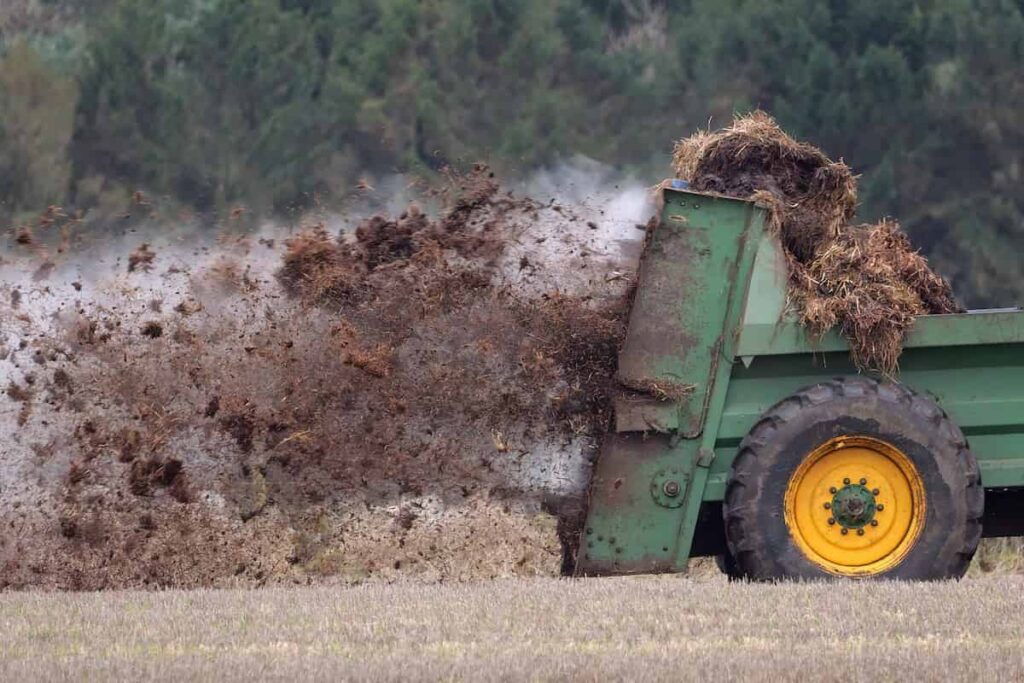
How to fix Potassium deficiency in soil and plants
Why is Potassium important in soil and plants?
- Potassium is an essential plant nutrient required in large quantities by plants. It is a key component of many plant processes, including photosynthesis, cell division, and protein synthesis. Therefore, potassium deficiency is a common problem in agricultural and horticultural crops and can lead to reduced yields and poor plant growth.
- Potassium (K) is one of the three primary macronutrients that plants need for healthy growth, along with nitrogen (N) and phosphorus (P). It is essential for several plant processes, including photosynthesis, water uptake, and fruit and flower production.
- A lack of Potassium in the soil can lead to several problems for plants, including stunted growth, yellowing leaves, and poor fruit and flower production. Adding Potassium to the soil can help to correct these problems.
- There are a few different methods to add Potassium to the soil. One option is to use potassium-rich compost or manure. Another option is to apply a potassium-containing fertilizer. And finally, some crops that have high levels of Potassium in their leaves can be added back into the soil as part of a crop rotation schedule. No matter which method you choose, it is important to test your soil regularly to ensure that it has the proper level of Potassium for optimal plant growth.
How does Potassium help plants grow?
Plants need Potassium for many important functions, including regulating water uptake, controlling stomata opening and closing, and synthesizing proteins. Potassium is also involved in developing strong root systems and disease resistance. A lack of Potassium can cause stunted growth, yellowing leaves, and leaf death. If your plant shows these symptoms, it’s important to test your soil to see if potassium levels are low. Adding Potassium to your soil is the best way to fix a deficiency.
There are a few ways to add Potassium to your soil naturally. You can compost organic matter such as manure or green waste, which will release Potassium over time. You can also apply minerals such as wood ash or granite dust. If you need to add Potassium quickly, you can use a chemical fertilizer such as muriate of potash (MOP). This should be applied according to the manufacturer’s instructions. Be sure to water the fertilizer into the soil well so that it doesn’t burn the roots of your plants.
In case you missed it: NPK Deficiency in the Soil and Plants: Symptoms, Causes, and Fix it Naturally, Organically, and Chemically
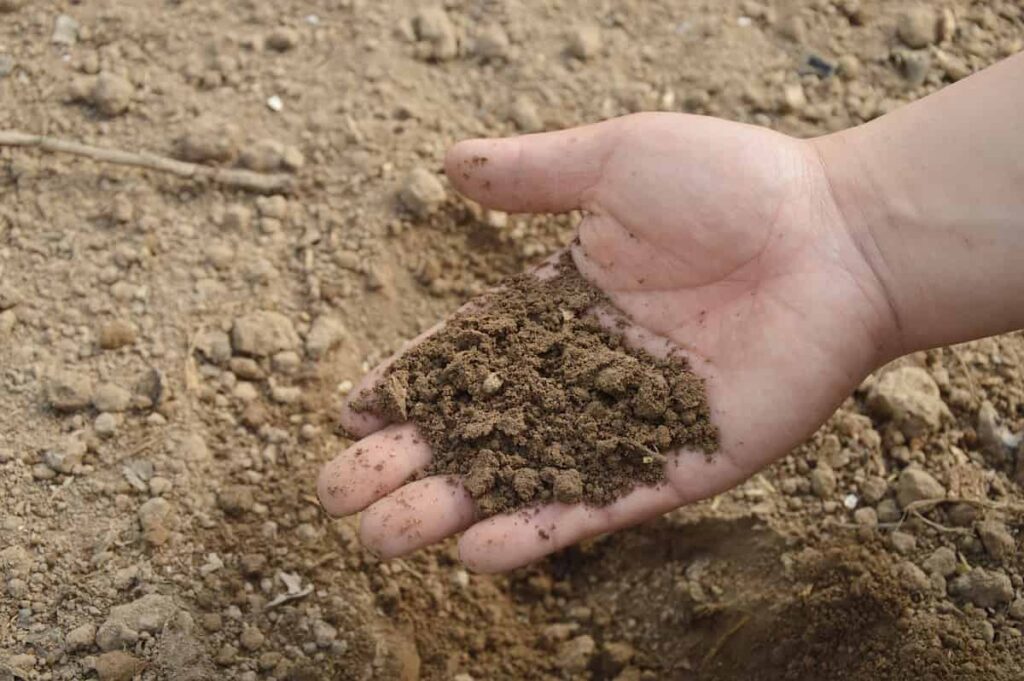
What is potassium deficiency in soil and plants?
- Potassium is an essential macronutrient for plants, playing a critical role in many plant processes, including photosynthesis, water uptake, and disease resistance. A lack of Potassium in the soil can lead to plant deficiency, causing stunted growth, yellowing leaves, and poor fruit and flower production.
- There are several ways to naturally add Potassium to the soil, including composting, using green manures, or applying wood ash. Potassium can also be added chemically through the use of fertilizers.
- If you suspect your plants suffer from a potassium deficiency, check the leaves for signs of yellowing or scorching. The edges of the leaves may also be brown or curled. Soil test kits can also measure the amount of Potassium in the soil.
- Adding Potassium to the soil is important for healthy plant growth. By following all these tips, you can ensure that your plants get the nutrients they need to thrive.
Deficiency symptoms of Potassium in soil
Potassium is an important macronutrient for plants and is often the most limiting factor in plant growth. Potassium is vital in many plant processes, including photosynthesis, water uptake, and nutrient transport. Therefore, a potassium deficiency in soil can cause several plant problems, including yellowing leaves, poor fruit production, and stunted growth. A potassium deficiency often first appears in the leaves of a plant.
The leaves may turn yellow or brown and may drop off prematurely. Plants with a potassium deficiency may also have small, stunted leaves. In severe cases, the entire plant may be stunted in growth. In addition, fruit production may be reduced in plants with a potassium deficiency, and the fruits produced may be smaller than normal. There are several methods to add Potassium to the soil, including using compost or manure, commercial fertilizers, or applying wood ashes from your fireplace.
You can also find products that contain potassium sulfate or potassium chloride at your local garden center. If your plants are showing any of these symptoms, it’s important to test the soil to confirm that potassium deficiency is the cause. Soil test kits are readily available at most garden stores, or you can send a sample of soil to a testing lab. Once you’ve confirmed that potassium deficiency is the issue, there are several ways to fix it.
Symptoms of potassium deficiency in plants
Yellowing leaves are one of the plants’ most common symptoms of potassium deficiency. The edges of the plant leaves may become brown and dry, and the entire leaf may eventually turn brown and die. Other symptoms include stunted growth, weak stems, and poor root development. Plants with potassium deficiency are also more susceptible to diseases and pests.
In case you missed it: How to Make Potting Soil Mix for Cactus and Succulents: Recipes and Top Potting Soil Mixes
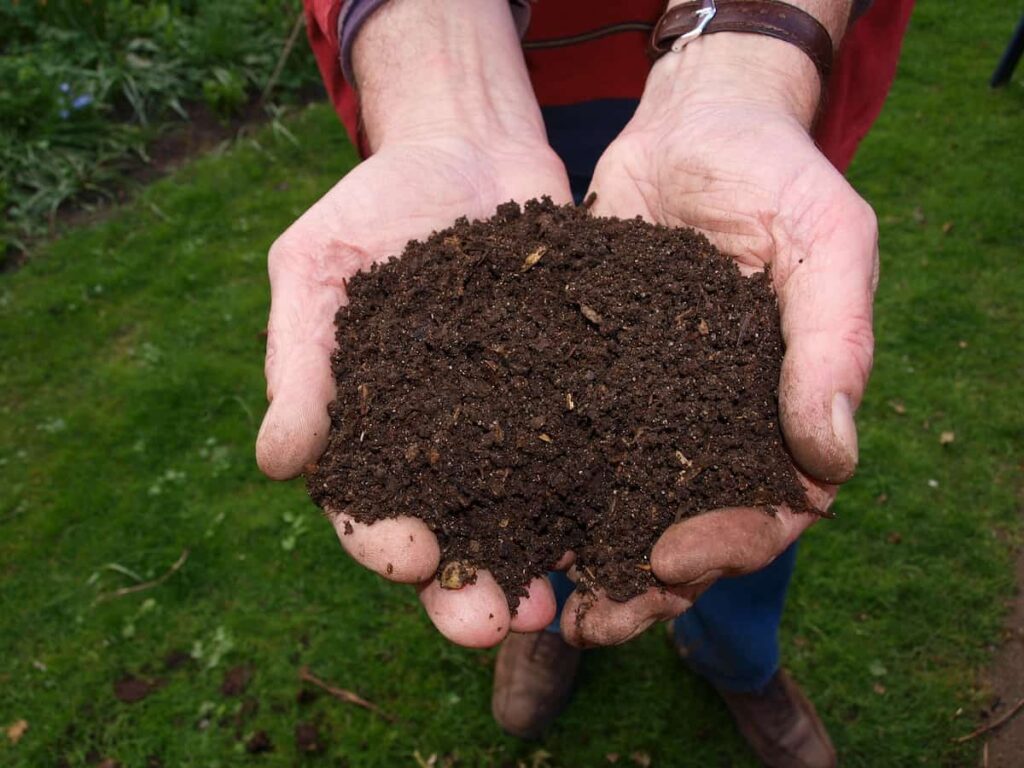
What causes potassium deficiency in plants?
One of the most common causes of potassium deficiency in plants is the soil’s lack of Potassium. Potassium is a vital nutrient for plants, and it helps them to grow and develop properly. Without enough Potassium, plants will become stunted, and their leaves will turn yellow or brown. They may also produce less fruit and flowers.
There are several other potential causes of potassium deficiency in plants, including:
Poor drainage
If the soil around your plants does not drain well, the roots may not be able to access the Potassium they need. This can especially be a problem in clay soils.
Too much water
Too much water can leach Potassium out of the soil and make it unavailable to plants.
Pests and diseases
Some pests and diseases can cause potassium deficiency in plants by feeding on the roots or leaves, preventing the plant from taking up nutrients from the soil. If you suspect that your plant is suffering from potassium deficiency, there are important things you can do to help it recover. Firstly, add some organic matter to the soil to improve its absorption of nutrients. You can also add manure or compost to provide additional nutrients. Finally, if the problem is severe, you may need to apply a fertilizer that contains Potassium.
How do you solve potassium deficiency in soil?
Potassium is an essential plant nutrient. As a result, potassium deficiency is a common problem in agriculture and can devastate crops. Symptoms of potassium deficiency include yellowing of leaves, stunted growth, and reduced yield. There are several ways to solve potassium deficiency in the soil. Adding potassium-rich amendments to the soil is the most common way to address this problem.
Potassium can also be added to the soil through irrigation water or fertilizers. Farmers can use different agricultural techniques to prevent potassium deficiency from becoming a problem in their fields. Crop rotation and cover crops are two methods that can help maintain healthy levels of Potassium in the soil. Proper irrigation and drainage also play a role in preventing this problem.
What is a good potassium level in soil?
There are several factors to consider when finding whether or not your soil has enough Potassium. First, you’ll need to test the soil to see the current Potassium level. This can be done with a simple soil test kit from your local garden center. Once you know the current level of Potassium in your soil, you can determine how much additional Potassium is needed to reach an optimal level. Depending on soil test results, you may want to add Potassium through fertilizers or other means.
The ideal level of Potassium in the soil varies depending on the type of plant you’re growing. However, for most plants, a good thumb is to aim for a potassium level between 2 and 3 percent. If you’re unsure about how much Potassium your plants need, it’s always best to consult a professional gardener or agricultural extension agent. They can help you determine the right amount of Potassium for your specific situation.
In case you missed it: How to Make Potting Soil Mix for Vegetables: Homemade Recipes, Top Potting Soil Mixes for Vegetable Garden
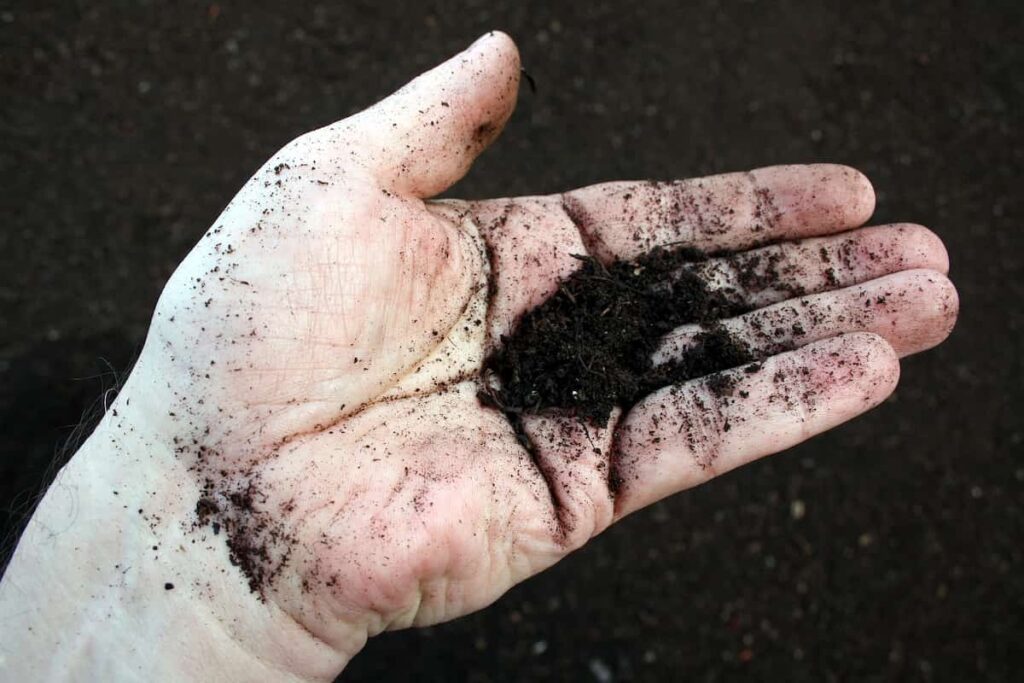
What happens if Potassium is low in the soil?
Potassium is an essential macronutrient for plant health and growth. It is involved in many important plant processes, such as photosynthesis, water uptake, and the movement of nutrients within the plant. Therefore, a potassium deficiency can cause several plant problems, including stunted growth, yellowing leaves, and poor fruit and flower production. If potassium levels in the soil are low, plants may not be able to take up enough nutrients to meet their needs.
This can lead to a deficiency that manifests as symptoms such as stunted growth, yellowing leaves, and poor fruit and flower production. Therefore, adding more nutrients to the soil is necessary to correct a potassium deficiency. This can be done naturally by adding compost or other organic matter to the soil. Alternatively, Potassium can be added chemically in the form of fertilizer.
What happens if the soil has too much Potassium?
If your soil has too much Potassium, your plants may suffer from nutrient toxicity. Symptoms of potassium toxicity include leaf scorching, yellowing, and death. If you suspect that your soil has too much Potassium, stop adding potassium-containing fertilizer to the soil and remove any excess potassium from the area. You can do this by leaching the soil with water or planting a cover crop that will take up the excess Potassium.
What is the fastest method to add Potassium to the soil?
If your plants are showing signs of potassium deficiency, you’ll want to take action to correct the problem as soon as possible. One way to add Potassium to soil is to use chemical fertilizer. This will provide a quick boost of Potassium that can help your plants recover from deficiency. However, it is very important to use caution when applying chemical fertilizers, as they can damage the roots of your plants if used incorrectly.
If you’re looking for a natural method to add Potassium to your soil, you can try composting. Composting is a great method to add nutrients to the soil, and it’s much safer for your plants than chemical fertilizers. You can make your compost home or buy it from a garden center. Another option is to use manure from herbivores such as cows or rabbits. Manure is an excellent source of Potassium and other nutrients that will benefit your plants.
In case you missed it: Tips When Switching from Solid Fertilizers to Liquid Fertilizers
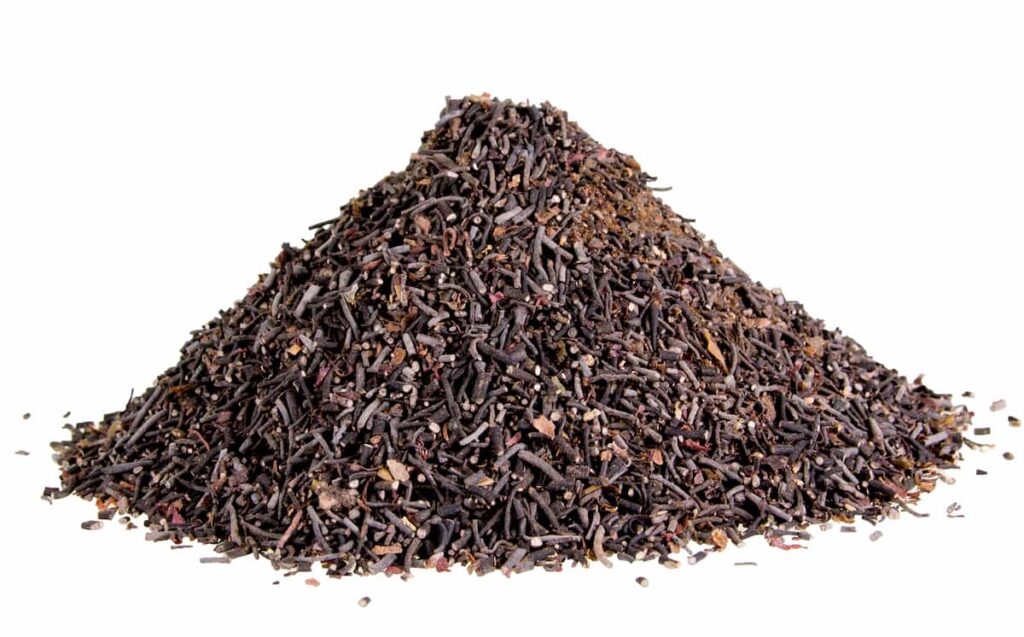
Effects of a deficiency of Potassium in the soil on the plants
Regarding plants, Potassium is an essential nutrient for proper growth and development. It helps with water uptake, photosynthesis, and the movement of carbohydrates and proteins within cells. A potassium deficiency in the soil can cause several problems for plants, including stunted growth, yellowing leaves, and poor fruit and flower production.
- Potassium deficiency results in smaller, stunted plants.
- Potassium-deficient plants are more susceptible to disease and pests.
- Potassium helps plants withstand heat, cold, and drought stress. Plants deficient in Potassium are more likely to experience leaf scorch, wilting, and dieback.
- Potassium is essential for plant metabolism and affects many biochemical processes, including photosynthesis, nitrogen fixation, and respiration.
Prevention and cure of potassium deficiency in plants
Potassium is an essential plant nutrient, helping them to grow and thrive. However, potassium deficiency is a common problem in both soil and plants. Symptoms of potassium deficiency include yellowing or browning of leaves, stunted growth, and poor fruit or flower production. There are several methods to prevent and cure potassium deficiency in plants.
Adding potassium-rich amendments to the soil is one way to ensure that plants have access to nutrients. Compost, manure, or wood ashes can all be used as amendments. It is also important to maintain proper pH levels in the soil, as too much acidity or alkalinity can impede the uptake of Potassium by plants. Finally, regular tissue testing can help identify deficiencies early on so that corrective measures can be taken before serious damage occurs.
How to treat potassium deficiency in plants?
Potassium is an essential mineral for plant growth and plays several important roles in plant physiology. Potassium deficiency is a common problem in gardens and can lead to stunted plant growth, yellowing leaves, and poor fruit production. There are several ways to treat potassium deficiency in plants. The most common method is to add potassium-rich compost or manure to the soil. This will give the plants the nutrients they need to grow and thrive.
Another way to treat potassium deficiency is to add wood ash or greensand to the soil. These materials are high in Potassium and will help to replenish the soil’s supply. If you suspect your plants are suffering from a lack of Potassium, you can have your soil tested by a professional. This will give you an accurate diagnosis of the problem and allow you to take steps to correct it.
In case you missed it: How to Fix Nitrogen Deficiency in Soil and Plants: Symptoms, Causes, Adding Naturally, and Chemically
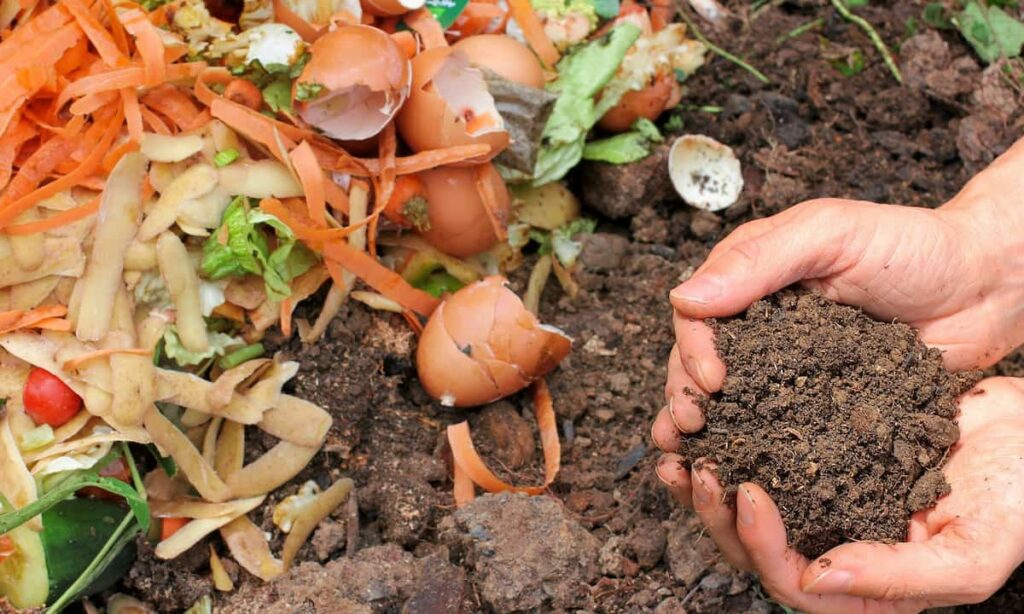
Fixing Potassium deficiency chemically
If your plants suffer from potassium deficiency, you can try to fix it chemically. This involves adding a potassium-rich fertilizer to the soil. However, too much Potassium can harm plants. You should also ensure that the fertilizer you’re using is appropriate for the type of plants you’re growing.
- Test the soil to see how much Potassium is already present.
- Add limestone to increase the pH if it is below 6.0.
- Add sulfate of potash or potassium chloride if the soil test shows a potassium deficiency.
- Water the plants deeply and regularly to help absorb the added nutrients.
Fix potassium deficiency in soil and plants naturally
There are some important things that you can do to fix potassium deficiency in your soil and plants. Firstly, you need to identify the symptoms. Second, you need to determine the cause of the deficiency. Third, you can add Potassium naturally by using compost or manure. Fourth, you can also add Potassium chemically by using fertilizer.
Symptoms of potassium deficiency include yellowing of leaves, stunted growth, and poor fruit production. The cause of potassium deficiency is often a lack of organic matter in the soil. This can be due to soil erosion or lack of fertilization. Compost and manure are great soil additions that will help fix potassium deficiency. You can also add Potassium chemically by using fertilizer. If you use chemical fertilizer, follow the directions carefully on the package. Too much fertilizer can damage your plants.
Conclusion
Potassium is one of plants’ three primary macronutrients for proper growth. It plays an essential role in plant metabolism and involves several key processes, including photosynthesis, water regulation, and disease resistance. Therefore, a potassium deficiency can cause several plant problems, including stunted growth, yellowing leaves, and fruit or flower drop.
- Types of Pesticides Used in Agriculture: A Beginner’s Guide
- Economical Aquaculture: A Guide to Low-Budget Fish Farming
- 15 Common Planting Errors That Can Doom Your Fruit Trees
- How to Make Houseplants Bushy: Effective Tips and Ideas
- Innovative Strategies for Boosting Coconut Pollination and Yield
- Pollination Strategies for Maximum Pumpkin Yield
- The Complete Guide to Chicken Fattening: Strategies for Maximum Growth
- Natural Solutions for Tulip Problems: 100% Effective Remedies for Leaf and Bulb-Related Issues
- Revolutionizing Citrus Preservation: Towards a Healthier, Greener Future
- Natural Solutions for Peony Leaf and Flower Problems: 100% Effective Remedies
- Maximizing Profits with Avocado Contract Farming in India: A Comprehensive Guide
- Natural Solutions for Hydrangea Problems: 100% Effective Remedies for Leaf and Flowers
- The Ultimate Guide to Choosing the Perfect Foliage Friend: Bringing Life Indoors
- From Sunlight to Sustainability: 15 Ways to Use Solar Technology in Agriculture
- The Ultimate Guide to Dong Tao Chicken: Exploring from History to Raising
- The Eco-Friendly Makeover: How to Convert Your Unused Swimming Pool into a Fish Pond
- Mastering the Art of Delaware Chicken Farming: Essentials for Healthy Backyard Flocks
- 20 Best Homemade Fertilizers for Money Plant: DIY Recipes and Application Methods
- How to Craft a Comprehensive Free-Range Chicken Farming Business Plan
- Brighten Your Flock: Raising Easter Egger Chickens for Beauty and Bounty
- How to Optimize Your Poultry Egg Farm Business Plan with These Strategies
- Subsidy for Spirulina Cultivation: How Indian Government Schemes Encouraging Spirulina Farmers
- Ultimate Guide to Raising Dominique Chickens: Breeding, Feeding, Egg-Production, and Care
- Mastering the Art of Raising Jersey Giant Chickens: Care, Feeding, and More
- Ultimate Guide to Raising Legbar Chickens: Breeding, Farming Practices, Diet, Egg-Production
- How to Raise Welsummer Chickens: A Comprehensive Guide for Beginners
- How to Protect Indoor Plants in Winter: A Comprehensive Guide
- Ultimate Guide to Grow Bag Gardening: Tips, Tricks, and Planting Ideas for Urban Gardeners
- Guide to Lotus Cultivation: How to Propagate, Plant, Grow, Care, Cost, and Profit
- Agriculture Drone Subsidy Scheme: Government Kisan Subsidy, License, and How to Apply Online
- Ultimate Guide to Raising Araucana Chickens: Breed Profile, Farming Economics, Diet, and Care
- Bringing Hydroponics to Classroom: Importance, Benefits of Learning for School Students
- Ultimate Guide to Raising Polish Chickens: Breed Profile, Farming Economics, Diet, and Care
- Ultimate Guide to Raising Australorp Chickens: Profile, Farming Economics, Egg Production, Diet, and Care
- Silkie Chicken Farming: Raising Practices, Varieties, Egg Production, Diet, and Care
- Sussex Chicken Farming: Raising Practices, Varieties, Egg Production, Diet and Care